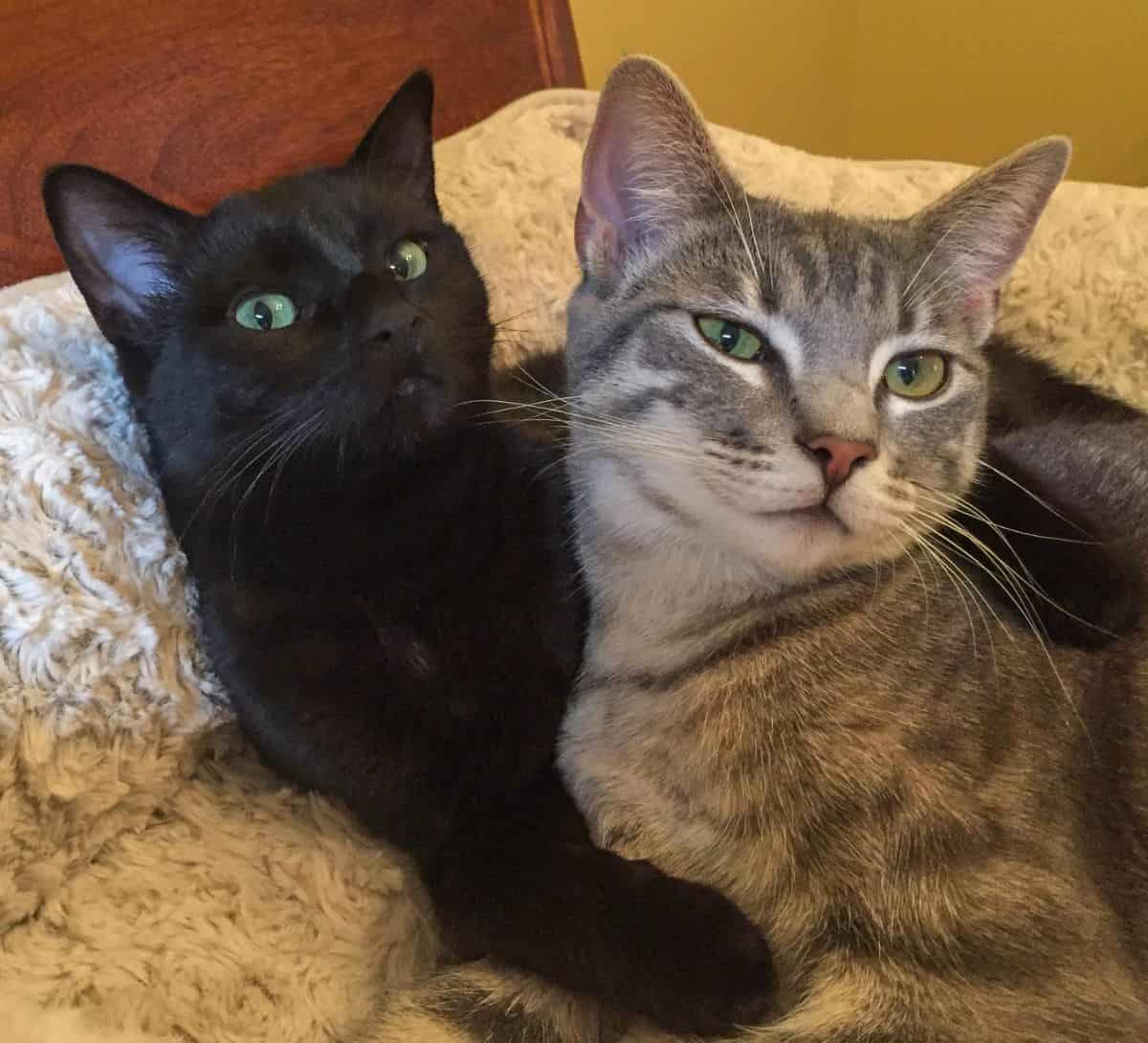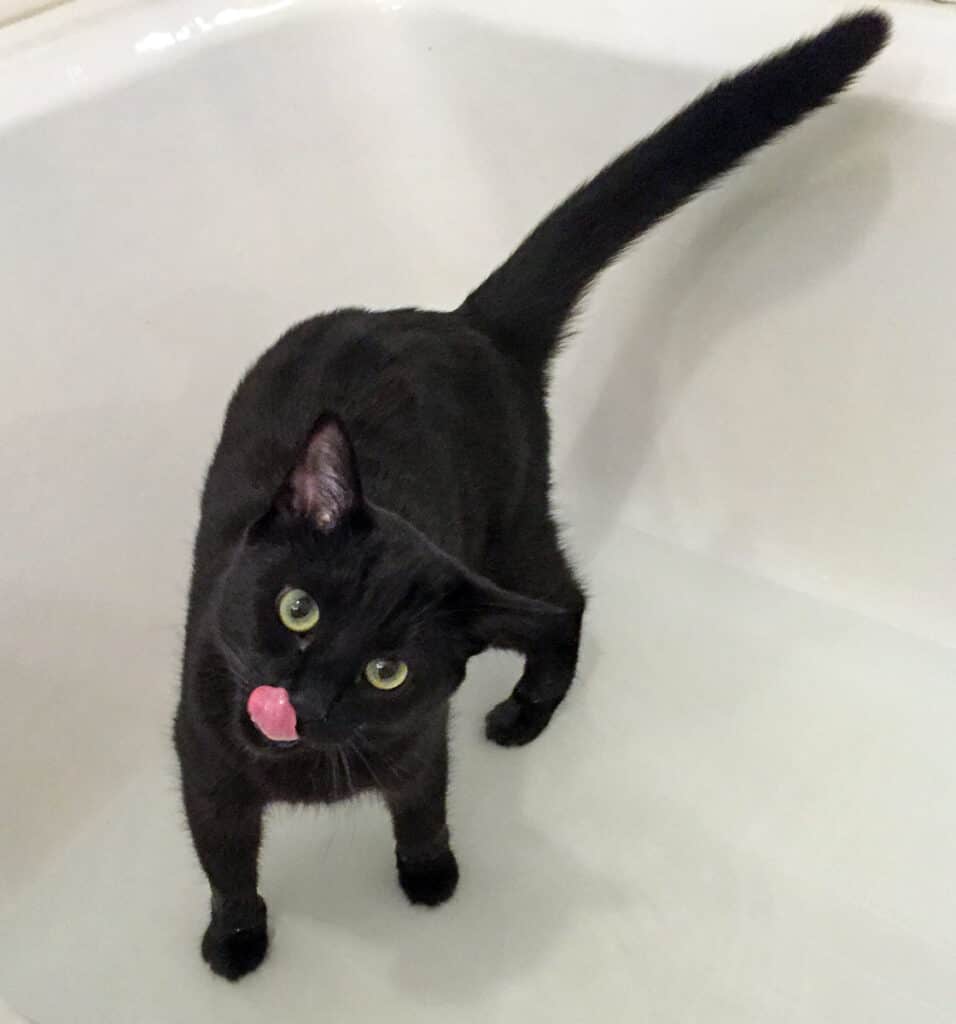Cats are one of the most popular pets in the world, but they are also surrounded by many myths and misconceptions. These myths can lead to misunderstandings about cats, their behavior, and their needs. Learn about some of the most common myths about cats and why they are untrue.
Myth #1: Cats always land on their feet
One of the most pervasive myths about cats is that they always land on their feet. While cats are very agile and can often twist their bodies mid-air to land safely, they don’t always land on their feet.
Falls from great heights can still result in serious injuries or even death for cats.
The reality is that cats are very good at sensing their orientation in the air, and they can use their tails and body to help them rotate in the air. However, there is a limit to how much they can rotate, and they need to have enough time and space to do so.

Cats that fall from high places may not be able to right themselves in time, and they can suffer broken bones or other injuries as a result.
Even when a cat has time to land feet first, if the cat falls from too great of a height, the force of the impact can result in catatrosphic injuries. Researchers have called injuries from cats falling from balconies and windows from tall buildings “high rise syndrome.”
Myth #2: Cats are solitary creatures
Cats are often portrayed as independent creatures that prefer to be left alone, but this is not always the case. While some cats may be more aloof than others, many cats enjoy human and animal companionship.

In fact, some cats form close bonds with their owners and other pets. Cats are social animals, and they need social interaction to be happy and healthy. They may not require as much attention as dogs, but they still need love, affection, and playtime to thrive.
Most cats benefit from socialization and playtime with their owners and other cats. In fact, cats that are kept in isolation can develop behavioral problems and may be more prone to stress and anxiety.
Myth #3: Cats can see in total darkness
Another common myth about cats is that they can see in total darkness.
While cats do have excellent night vision and can see well in low light, they can’t see in complete darkness. They still need some light to be able to see their surroundings.

Cats have a special layer in their eyes called the tapetum lucidum, which reflects light back through the retina and enhances their vision in low light. This is why cats can see in dimly lit rooms and can detect movement in the dark.
However, if there is no light at all, even cats will be unable to see.
Myth #4: Cats always land on their front paws
Cats are very good at orienting themselves in the air and landing safely, but they don’t always land on their front paws. While cats do usually land on their front paws, they can also land on their back paws or even on their side.

This depends on the height of the fall, the position of the cat’s body, and the speed of the fall. In some cases, cats may land on their back legs first to absorb the impact and then roll forward onto their front paws. In other cases, they may land on their side to protect their head and vital organs.
Myth #5: All cats hate water
While many cats may not enjoy getting wet, some breeds actually love water and enjoy swimming. For example, the Van cat is known for its love of water and has been called the “swimming cat.” These cats have a thick, water-repellent coat and enjoy playing in the water.
Similarly, the Bengal cat is another breed that loves water and will often jump into the shower or bathtub with their owners. Of course, many cats despise water, but it’s a myth to say that they all hate it.

Myth #6: Cats can’t be trained
Another common myth about cats is that they can’t be trained. While cats may be more independent than dogs and harder to train, they can still learn a variety of tricks and behaviors through positive reinforcement training
Cats can be trained using positive reinforcement methods, which means rewarding them for good behavior with treats, praise, and playtime. Training a cat requires patience and consistency, as well as understanding your cat’s individual personality and preferences.

Some common behaviors that cats can be trained to do include using a scratching post instead of furniture, how to open a door, coming when called, and walking on a leash. Using a clicker is a popular training method for cats, as it allows you to mark the exact moment your cat performs the desired behavior, and then reward them with a treat.
With the right approach, cats can learn a variety of behaviors and tricks. The key is to find a training method that works for your cat and to be patient and consistent in your approach.
Myth #7: Cats are nocturnal animals
While cats do have excellent night vision and are often active at night, they are not strictly nocturnal animals. In fact, cats are crepuscular, which means they are most active at dawn and dusk.

Dusk and dawn is when they are naturally wired to hunt and explore their surroundings. That crazy burst of “zoomies” in the early evening by your indoor cat is a response to this natural rhythm. Scientists call the zoomies “frenetic random activity periods” or FRAPs for short.
However, cats can adjust to their owner’s schedule and will often sleep when their owners do, especially if they are indoor cats.
Myth #8: Cats purr only when they’re happy
While cats often purr when they’re content and relaxed, they can also purr when they’re in pain, stressed, or frightened.

Purring is a way for cats to communicate with their owners and other cats, and it can have a variety of meanings depending on the situation. It’s important to pay attention to your cat’s body language and other behaviors to understand what they are trying to communicate.
Myth #9: Cats hate dogs
“Fight like cats and dogs” is a popular saying. While cats and dogs have a reputation for being natural enemies, many cats get along well with dogs.

As with all new members of your household, important to introduce cats and dogs slowly and carefully, and to supervise their interactions until they are comfortable with each other.
References
Bradshaw, J. W. (2016). Sociality in cats: A comparative review. Journal of veterinary behavior, 11, 113-124. https://doi.org/10.1016/j.jveb.2015.09.004
Parker, M., Lamoureux, S., Challet, E., Deputte, B., Biourge, V., & Serra, J. (2019). Daily rhythms in food intake and locomotor activity in a colony of domestic cats. Animal Biotelemetry, 7 (1), 1-14. https://doi.org/10.1186/s40317-019-0188-0
Parker, M., Lamoureux, S., Challet, E., Deputte, B., Biourge, V., & Serra, J. (2019). Daily rhythms in food intake and locomotor activity in a colony of domestic cats. Animal Biotelemetry, 7 (1), 1-14. https://doi.org/10.1186/s40317-019-0188-0
Parker, M., Lamoureux, S., Challet, E., Deputte, B., Biourge, V., & Serra, J. (2019). Daily rhythms in food intake and locomotor activity in a colony of domestic cats. Animal Biotelemetry, 7 (1), 1-14. https://doi.org/10.1186/s40317-019-0188-0
Whitney, W. O., & Mehlhaff, C. J. (1987). High-rise syndrome in cats. Journal of the American Veterinary Medical Association, 191(11), 1399-1403. https://journals.sagepub.com/doi/pdf/10.1016/j.jfms.2003.07.001






